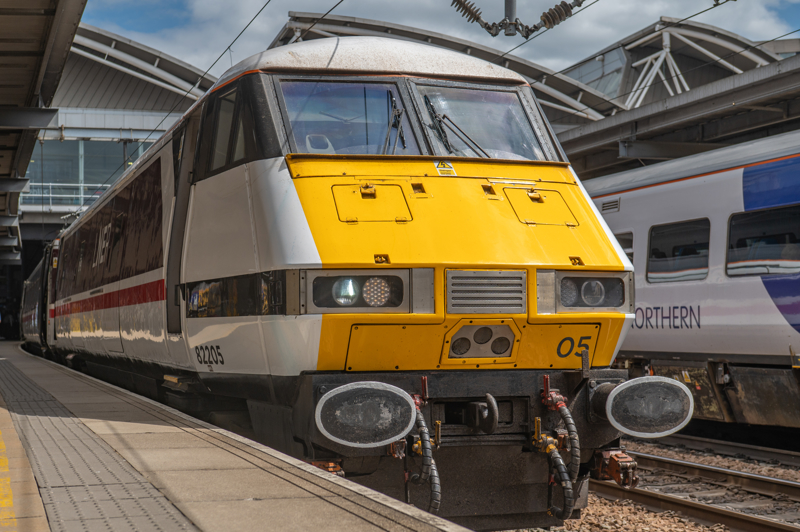
Photo Credit: SnappitySnaps Photography

Photo Credit: SnappitySnaps Photography
In a tribute to one of Britain’s most iconic high-speed trains, LNER hosted its first-ever 225 Day on May 22, celebrating almost 40 years of service by the InterCity 225 fleet along the East Coast Main Line.
The event honoured the enduring legacy of the Class 91 locomotives and Mk 4 coaches, which have formed the backbone of the ECML’s high-speed services since their introduction in the late 1980s.
Commonly known as the InterCity 225 (IC225), they entered service on March 3 1989, to work alongside the equally celebrated InterCity 125 HSTs.
Soon after its introduction, it broke the British speed record, reaching 161mph while on a test run in September of that year.
On LNER’s first 225 Day, a ceremonial naming of 91106 took place at Leeds station, with the new locomotive christened Swallow - a nod to the iconic InterCity rebrand of the late 1980s.
Special guests from across the rail industry were invited aboard the 1245 Leeds-London King’s Cross service, which featured an onboard exhibition curated by railway historian and television presenter Tim Dunn.
“These trains are such clever trains,” said Dunn.
“They were hand-built and hand-designed - one of the last British trains to be so. They’ve been cutting through the landscape at 125mph, forwards and backwards, for nearly 40 years.”
LNER currently has 12 Class 91 sets in operation, with four of those units in traffic - largely operating between London King’s Cross and Leeds.
Initially, it had 31 sets in its fleet, but it has gradually withdrawn many from service, replacing them with its Class 800 and ‘801s’, introduced between 2019 and 2021. It also has eight rakes of Mk 4 carriages.
Initially, the plan for the IC225 fleet was for them to be sent back to their owner Eversholt Group as the ‘80x’ rollout continued, with only a very small number remaining in storage. This was the case when COVID-19 struck, and a reduced timetable came into action.
But the IC225s gained a new lease of life in 2021, when cracks were discovered in some of the ‘80x’ fleet, meaning that the whole lot had to be grounded.
This meant that the IC225s were brought back into traffic - where they have remained ever since, despite much of the ‘80x’ fleet being back in action.
Maintenance has been moved from the original home of the IC225s at Bounds Green Depot in north London to their new base at Northern’s Neville Hill depot in Leeds.
But time is now running out for the IC225s, as LNER’s new Class 897 tri-mode fleet prepares to enter traffic in early 2028.
As a train though, the 225 is hard not to love.
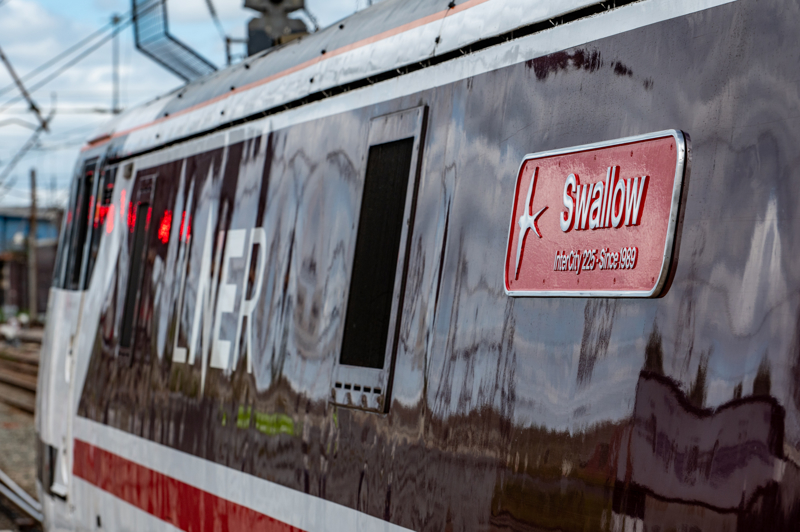
Photo Credit: SnappitySnaps Photography
Jon Starkey, Head of Engineering and Fleet Assurance at LNER, tells RAIL that the IC225 is a key part of why he loves trainsn in general: “I remember seeing these at Leeds station when I was a kid, and those memories are etched in my brain.”
As the trains get older, they become harder to refurbish, maintain or restore. To keep them running until they are no longer needed, it is expected that the 12 units will undergo life extension work at Neville Hill.
Starkey explains: “Some of the units are undergoing wheelset restorations right now, and other smaller mechanical fixes at Neville Hill. That piece of work we are calling a G-Minus (rather than a full G-exam).
“That is not an easy task - keeping something which is used every day and nearly 40 years old in working order.
“The wheelsets are very specific and not easy to find or fit. Obsolescence is a huge issue and affects almost every part of the train. That’s partly because it is such a small fleet and the industry has moved on a little.
“But the sets we have in service, I’m expecting we’ll have them for a few years yet.”
Among the guests was Paul Varley, one of LNER’s longest-serving employees, who joined British Rail in 1979 and has worked aboard the IC225s since their inception.
Varley recalls memories of silver-service dining and famous passengers - including cricketing legend Sir Fred Trueman, who was a regular in the restaurant car.
“I was here when these trains were introduced, and we knew from the start they were something special.”
Varley insists he knows where he is on the East Coast Main Line just by the movement of the train, which he attributes to travelling up and down the line continuously since he first started - and something he can only do while in a 225.
“The Azumas don’t have that same feel,” he says.
Since Varley started working for British Rail, he has seen the end of public ownership and the introduction of firstly Great North Eastern Railway, followed by East Coast, Virgin, and finally LNER. He has seen a lot of changes.
“Well, the smoking car is no longer here for a start. The seats are different, and the tables seem smaller, and the bar is different.
“We’ve got more people using First Class nowadays as well, which changes things and how we serve our passengers. But it’s still unmistakeably an IC225. And it still feels special.
Also on board were members of the 225 Group (of which this article’s author is a member), who are dedicated to ensuring that the history of this train is kept alive, well after the final units complete their last services.
“For me, the 225 is a symbol of progression,” says Chris Curtis, a director of the 225 Group.
“As a kid, seeing these on the main line, you could feel the excitement that it was something special. I remember the date they went into service and the feel of quality that they had. And I’m not sure anything has matched it since.”
Fellow director Ben Denton-Cardew agrees: “I don’t think anything has had quite the same ethos. If you think of the story of the 225, how it came to be, I don’t think anything since has really carried that across.
“Of course, there have been plenty of good trains that have fulfilled other purposes. But this is the East Coast thoroughbred, like the Deltics beforehand or the HST, where you could get from London to Edinburgh in four hours, and back in a day.
“This is the last of its kind really.”
For the group, thoughts are now turning away from appreciation towards preservation, as it looks to the time when the IC225s are no longer needed by LNER.
Curtis says the next 12 months are key for the group.
“We’re looking at that currently, and it’s coming to a point where we need to have some sort of preservation strategy in place. We don’t know what that looks like yet, and we have gaps in knowledge to fill in areas such as engineering.
“Once we do, and we anticipate that will be in around 12 months’ time, we’ll be ready to look towards partnerships to keep the fleet going in some capacity.”
As LNER prepares to let go of the remaining fleet, the 225 Group is looking to its next chapter. In the present, the members and many of the passengers onboard are happy that it still has a place on the network… even if it isn’t for much longer.
Login to continue reading
Or register with RAIL to keep up-to-date with the latest news, insight and opinion.


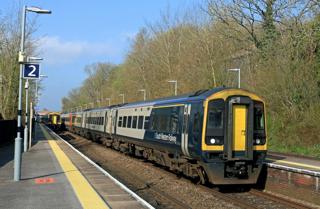
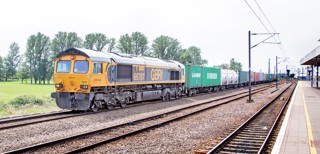
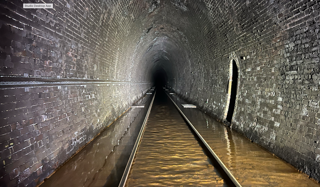













Login to comment
Comments
No comments have been made yet.